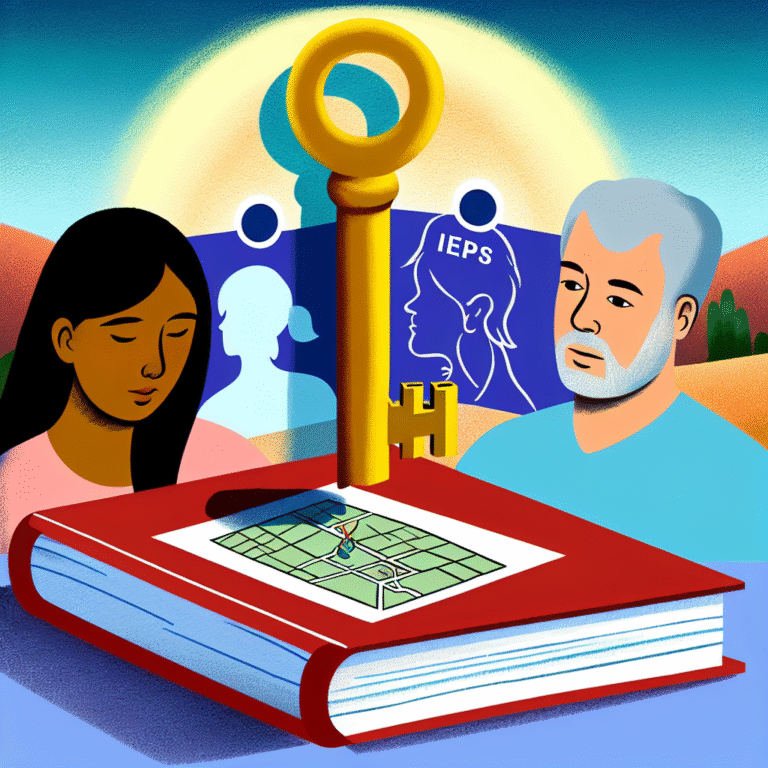Beyond Fabric: Understanding the Emotional and Psychological Aspects of Cross-Dressing
Introduction
Cross-dressing is often reduced to the mere act of wearing clothing traditionally associated with a different gender, which overlooks the profound emotional and psychological layers behind this expression. Imagine standing in front of a mirror dressed in a different identity, feelings swirling within you like a tempest—excitement, vulnerability, joy, and potentially fear of judgment. Beyond Fabric: Understanding the Emotional and Psychological Aspects of Cross-Dressing explores this intricate landscape, highlighting the realities that many cross-dressers face.
This article aims to offer deeper insights into cross-dressing, moving past societal stereotypes and misconceptions, while fostering empathy and understanding. With the world becoming increasingly accepting of diverse identities, it’s essential to recognize the significance of cross-dressing as a multi-faceted experience. Join us as we delve into this world, exploring emotional narratives and psychological factors intertwining with the fabric of cross-dressing.
The Basics: What is Cross-Dressing?
Cross-dressing generally refers to the practice of wearing clothes associated with the opposite gender. This can be rooted in various motivations, such as artistic expression, personal comfort, or gender identity exploration.
| Aspect | Description |
|---|---|
| Definition | Wearing the clothing typically associated with another gender |
| Motivations | Self-expression, exploration of gender identity, emotional comfort, performance, and sensation-seeking |
| Communities | Online forums, local meet-up groups, drag communities, etc. |
| Cultural Contexts | Varies significantly across societies, influenced by cultural norms and acceptance levels |
By understanding these basic aspects of cross-dressing, we can begin to appreciate its deeper emotional and psychological dimensions.
The Emotional Layer: Feelings Behind the Fabric
A Sense of Liberation
For many, cross-dressing represents an emotional release—a divergence from societal norms that imposes a binary understanding of gender. The sensation of wearing what feels right can be liberating. People like Sam, a 30-year-old educator, share how slipping into a dress after a long week at work becomes an oasis of relief, allowing them to express parts of themselves that the world often discourages.
Case Study: Sam’s Journey to Self-Discovery
Sam began cross-dressing in college, using it as a means to explore their identity outside the confines of a rigid environment. Sam describes a pivotal moment: “Standing there in my favorite sundress, I didn’t just see clothes; I felt seen for the first time.”
This narrative underscores the emotional aspect of cross-dressing, revealing it as a pathway to self-affirmation and liberation.
Seeking Acceptance and Community
Another significant emotional thread is the quest for acceptance. Cross-dressers often seek out communities that validate their experiences. The camaraderie found in these spaces can serve as a significant emotional support system.
Community Building
Support networks can be critical. Online platforms, local support groups, and events such as Pride, provide spaces where individuals feel free to express themselves without judgment.
Case Study: The Kinsey Institute’s Support Group
A research study from the Kinsey Institute highlights that participants engaging in supportive communities reported significantly lower levels of anxiety and improved self-esteem. The study noted that 85% of respondents stated their emotional well-being improved through community engagement.
The Psychological Component: Identity and Self-Perception
Gender Identity Exploration
The journey of cross-dressing often intertwines with an individual’s understanding of their gender identity. The act can be a form of exploration, allowing individuals to navigate their feelings about gender fluidity.
Gender Dysphoria
Some may experience gender dysphoria, which the American Psychiatric Association describes as the psychological distress resulting from an incongruence between one’s experienced gender and assigned gender at birth. Cross-dressing can serve as a coping mechanism for individuals grappling with these feelings.
Case Study: Jordan’s Path to Understanding
Jordan, a transgender woman, began cross-dressing to explore her identity before making the transition. “Cross-dressing gave me the freedom to express what I always felt inside. It was my first step towards truly being me.”
Jordan’s story emphasizes the psychological importance of cross-dressing as a crucial stepping stone in understanding and embracing one’s gender.
The Role of Shame and Stigma
Despite its benefits, the culture surrounding cross-dressing often fosters shame due to societal norms. Many individuals grapple with feelings of guilt or fear of judgment from their peers and families.
Reclaiming Identity
Part of the healing process can involve reclaiming one’s identity and challenging societal perceptions. Therapy and counseling can assist individuals in navigating these complex feelings and developing resilience.
Table: The Emotional and Psychological Effects of Cross-Dressing
| Emotional Factors | Psychological Factors |
|---|---|
| Sense of liberation | Navigating gender identity |
| Desire for acceptance | Managing gender dysphoria |
| Building community | Reclaiming personal narratives |
| Healing from stigma | Developing self-acceptance |
Beyond the Fabric: Personal Narratives and Social Impacts
Using the personal stories and case studies shared previously, we build a vivid picture of the transformative experiences cultivated through cross-dressing. Each individual’s journey is a testament to the broader societal shifts towards acceptance of gender diversity.
The Power of Visibility
Being visible in the cross-dressing community can be two-fold: while it promotes acceptance and understanding, it also places individuals at risk of discrimination. Advocating for representation in media and social platforms can significantly shift perceptions and promote inclusivity.
Case Study: Marketing Campaigns in Media
Brands are increasingly embracing gender diversity in marketing campaigns. For example, the Gillette "We Believe" campaign featured diverse models, including cross-dressers, which sparked conversations about masculinity. This mix of visibility and representation plays a critical role in shaping societal norms.
The Intersection of Identity and Creativity
For many, cross-dressing is not just about clothing; it’s an artistic expression. Individuals often use cross-dressing within performance art—be it drag shows, fashion shows, or local theater—thereby merging identity with creativity.
The Impact of Drag Culture
Drag culture exemplifies this intersection, inviting people to challenge and redefine gender norms through performance. Some drag artists find resonance in their performances, becoming advocates for LGBTQ+ rights while expressing their identities on stage.
Conclusion
Beyond Fabric: Understanding the Emotional and Psychological Aspects of Cross-Dressing goes beyond clothing choices to explore a rich tapestry of emotions, acceptance, and self-discovery. It’s clear that cross-dressing can facilitate profound personal transformations, foster community and acceptance, and challenge societal norms.
This understanding encourages empathy toward individuals navigating their identities and affirms the significance of expression in all its forms. In celebrating diversity, we create a world where everyone feels empowered to wear their identity proudly, beyond the fabric.
FAQs
1. Is cross-dressing only for people who identify as transgender?
- No. Cross-dressing is a separate expression of identity and can be embraced by individuals of any gender identity. It may or may not correlate with transgender identities.
2. What are some common motivations for cross-dressing?
- Common motivations include self-expression, exploration of gender identity, comfort, performance art, and simply enjoying the aesthetics of different clothing.
3. How can I be supportive of a friend who cross-dresses?
- Show acceptance by listening without judgment, using their preferred names and pronouns, and offering emotional support. Respecting their choices and ensuring they feel safe is paramount.
4. Can cross-dressing be part of a healthy expression of identity?
- Yes, many find cross-dressing to be a fulfilling and healthy way to express their identity, provided they are in supportive and understanding environments.
5. Are there psychological benefits to cross-dressing?
- Many report psychological benefits such as improved self-esteem, reduced anxiety, and a greater sense of self-acceptance. These positive outcomes can enhance overall well-being.
By addressing the emotional intricacies of cross-dressing, we create a pathway for dialogue, understanding, and greater acceptance. The journey beyond fabric invites us to celebrate the beautiful spectrum of human identity, shared depth, and personal narratives.





